Private pain, public policy: Pregnancy, loss and the choices they made
- Oops!Something went wrong.Please try again later.
Every year, millions of Americans, and more than 140,000 North Carolinians, become pregnant. And they have to decide what to do about it.
That decision may be obvious and easy, or confusing and difficult. Some pregnancies are hoped-for. Some are not. About 45 percent of pregnancies are unplanned, according to the Brookings Institute.
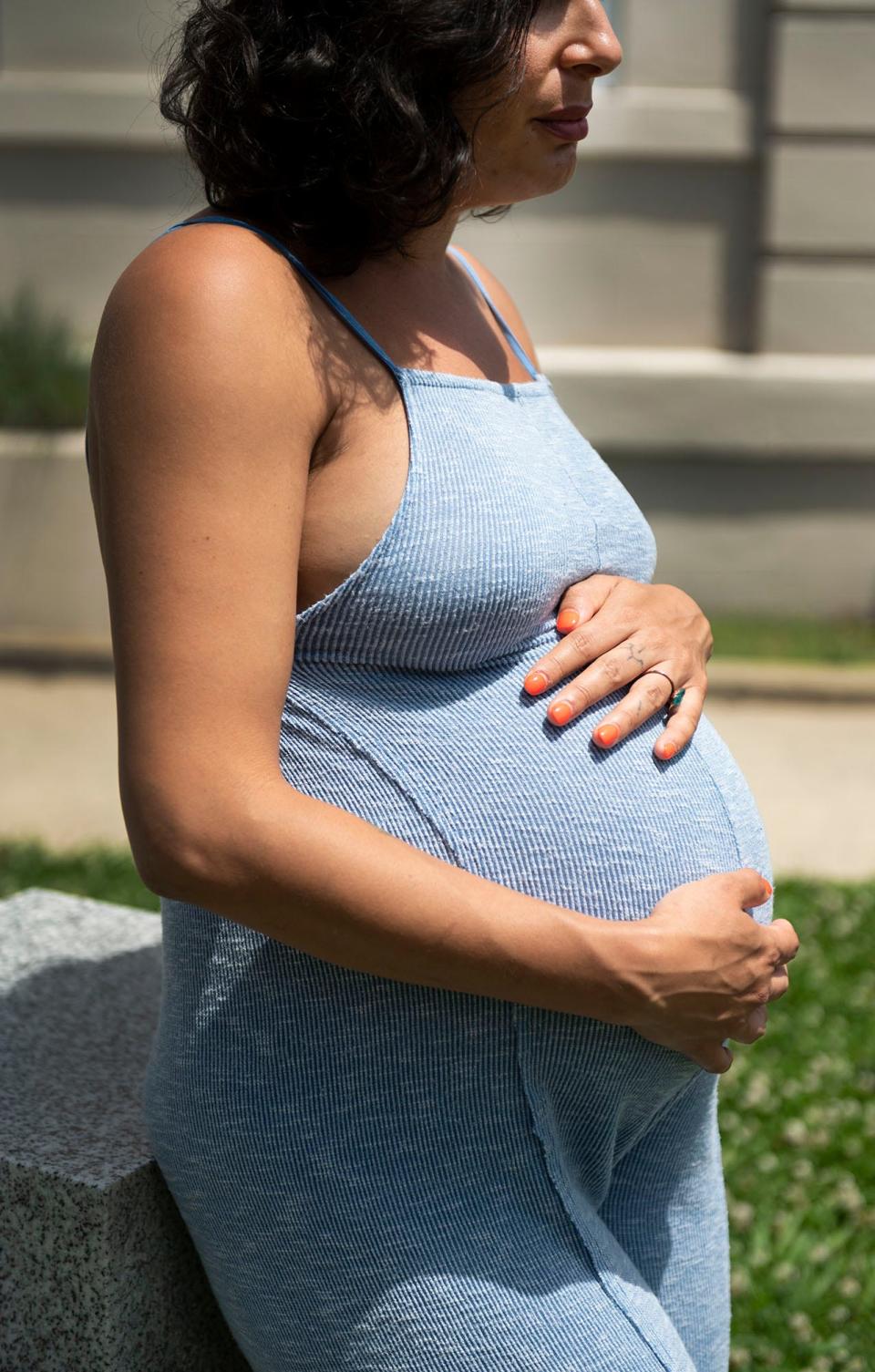
Abortion is political. Everyone knows that, especially as we wait to see whether Supreme Court Justice Samuel Alito’s draft majority opinion overturning Roe v. Wade will be the final call. That means that pregnancy is political. But first, last and in-between, pregnancy is personal. And enormously consequential. It changes people's lives.
If Roe v. Wade ends, abortion access will change in North Carolina—due to increased demand from women in neighboring states, if nothing else. Before anything happens, we are looking at what decisions people make now.
When making choices about pregnancy, people block out the roar of the political arena and consider their dreams, their values, their support, their resources. Sometimes a decision is hard or even impossible to carry out. Sometimes the decision is out of their control: miscarriage, a terrible diagnosis. People may feel panic, excitement, grief, fear, joy, relief or any number of emotions at once.
The stories that we feature are a small sampling of pregnancy decisions in North Carolina. They are not representative—they couldn’t be. We share them because, as Cassandra told us, “These experiences matter and deeply impact people’s lives.”
Here is some of the context that surrounds them.
Abortion: Decreasing, yet still common
Abortion has declined for decades due to better contraception. However, it remains common. More than 25,000 North Carolinians had abortions in 2020, according to the state health department. Almost 1 in 5 pregnancies ended in abortion, not counting miscarriages in the first half of pregnancy. At least 88 percent happened in the first trimester.
Abortion happens even though there are just 14 abortion clinics, and only one west of Charlotte. Some gynecologists may offer abortion as well, but only to existing patients. “The communities we serve, they have already been dealing with these post-Roe realities,” said Ash Williams, a pro-abortion-rights activist in Asheville.
Even so, people living in all counties had abortions. Even those counties where, as Concetta told us in her interview, “We don’t talk about abortions unless we’re saying that it’s wrong.”
Who gets abortions in North Carolina? “Everyone,” said Dr. Amy Bryant of the UNC School of Medicine. The majority are already parents. Forty percent have incomes below the poverty line. The largest share is in their 20s. This all mirrors national trends. Childbirth is 14 times more deadly than abortion, she added.
What reproductive choices look like in NC: Pregnancy and abortion by the numbers
The University of California’s Turnaway Study reports that 54 percent of women found the decision to have an abortion difficult to some degree, but that after five years, 99 percent did not regret it. Anti-abortion advocates have pushed back, saying that women may change how they feel later on, and suggesting that women who felt regret dropped out of the study.
Nine in 10 women who were denied wanted abortions kept and parented the baby. They loved those children but had long-term financial struggles, the Turnaway Study found.
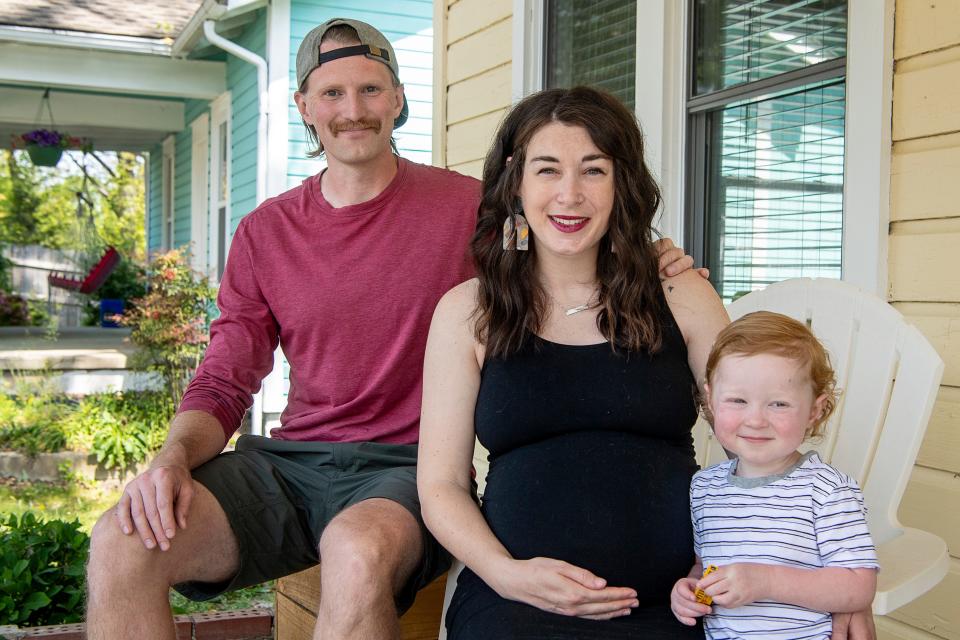
Anti-Black racism
Black women experience disproportionately high maternal mortality, infant mortality and later-term fetal death. If even Serena Williams had to beg for doctors to listen to her when she said she was going numb after childbirth, and Indiana physician Chaniece Wallace could die of preeclampsia complications, no Black woman is privileged enough to be safe.
When pregnant, “It’s that thought of, Is this a safe decision for me in life?” said Elle Jones of Ile Osan Doula and Family Services in Greensboro. “Will I and my child be OK?”
Black progressives founded the “reproductive justice” movement in the 1990s, saying that the power to have families safely is of a piece with fights against police violence, for safe housing, for healthy lives, period.
Black women also have disproportionately high abortion rates, a fact that Justice Samuel Alito highlighted in his draft Dobbs decision as an argument in favor of overturning Roe v. Wade. That motivates activism for Felicia, an anti-abortion Black woman, who considers abortion self-directed genocide: Black women are, she said, “co-conspirators in our own demise.”
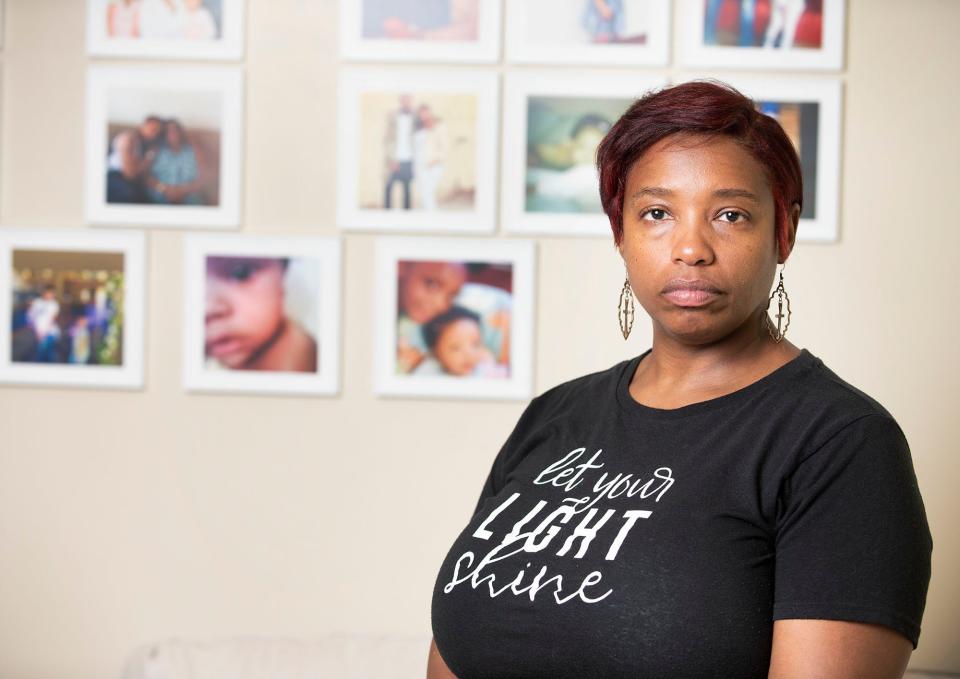
How domestic violence takes away choice
In 2016, Candace Pickens of Asheville was murdered by her boyfriend when she was pregnant. It was horrible, and too common.
“The connection between reproductive health and intimate-partner violence is very clear,” said April Burgess-Johnson, director of Asheville's Helpmate service organization. Pregnant people are at higher risk for partner abuse. Especially when the pregnancy was unplanned: “Women who had unintended pregnancies are 2-1/2 times more likely to experience physical abuse,” Burgess-Johnson said.
When a person becomes pregnant, their focus turns away from their partner and toward their own body, Burgess-Johnson said. That disrupts the abuser’s control. So they escalate their tactics.
Sometimes an abusive partner forces an abortion, sometimes they force the woman to keep the baby. The common thread is that the choice is the partner’s, not the pregnant woman’s. “It’s not really about the end outcome of that decision. It’s about who’s going to make it,” Burgess-Johnson said.
Women who are abused during pregnancy have worse outcomes: lower birth weight, early labor, you name it. And this is not uncommon, either: 5 percent of North Carolinians who gave birth in 2019 said they were physically abused by a partner or an ex while they were pregnant, according to state data.
“It’s a situation where every path is a pretty dangerous one,” Burgess-Johnson said. “I know that I’m painting a pretty bleak picture. But these choices feel pretty bleak.”
Speaking of abuse, no one knows how many pregnancies per year are the result of rape or incest, despite the prominence of these situations in the abortion debate. Almost 2.9 million women in the U.S. experienced rape-related pregnancy during their lifetime, the CDC reported in 2018. One percent of women seeking abortions said they had been raped, the Guttmacher Institute reported in 2005, the most recent data available.
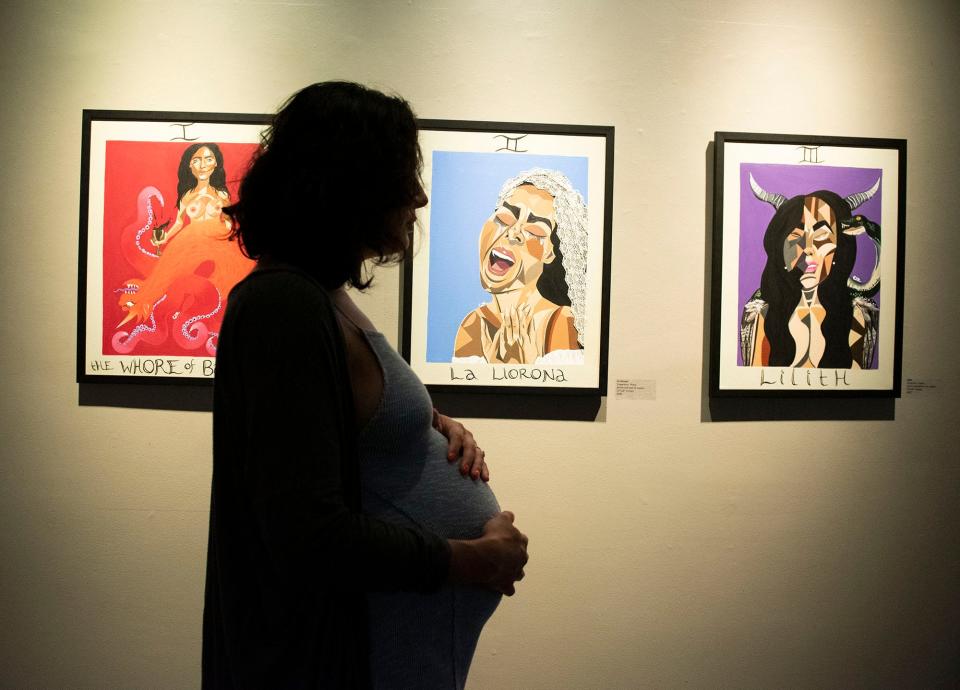
Transgender people get pregnant too
Anyone with a functioning uterus and ovaries can get pregnant, regardless of their gender identity. Even if they’re taking testosterone, said Ash Williams, who is Black and nonbinary.
Trans people already often can’t afford non-reproductive health care, and have had bad experiences with the medical system.
“I’ve had two abortions,” Williams said. “When I had my first one, I was afraid to tell them what my pronouns were,” lest the provider deny them care.
Native Americans and the impact of genocide
The history of genocide weighs on Native Americans. And it didn’t end with western expansion. The federal Indian Health Service sterilized thousands of indigenous women without informed consent as recently as the mid-1970s, according to the National Institutes of Health. Some studies found that 25 to 50 percent of Native American women were sterilized without their consent, according to a 2000 article in the American Indian Quarterly.
The government also sent Native children to non-Native adoption and foster homes. Those interventions were “often unwarranted,” Congress wrote in the law it passed to change that, the Indian Child Welfare Act. The U.S. Supreme Court is considering a challenge to that case.
And finally there’s the question of access. The Indian Health Authority does not offer abortions.
“The American Indian population in the United States is so small. I feel like it’s important for me to try to grow that Lumbee population,” said Concetta, a member of the Lumbee Tribe.
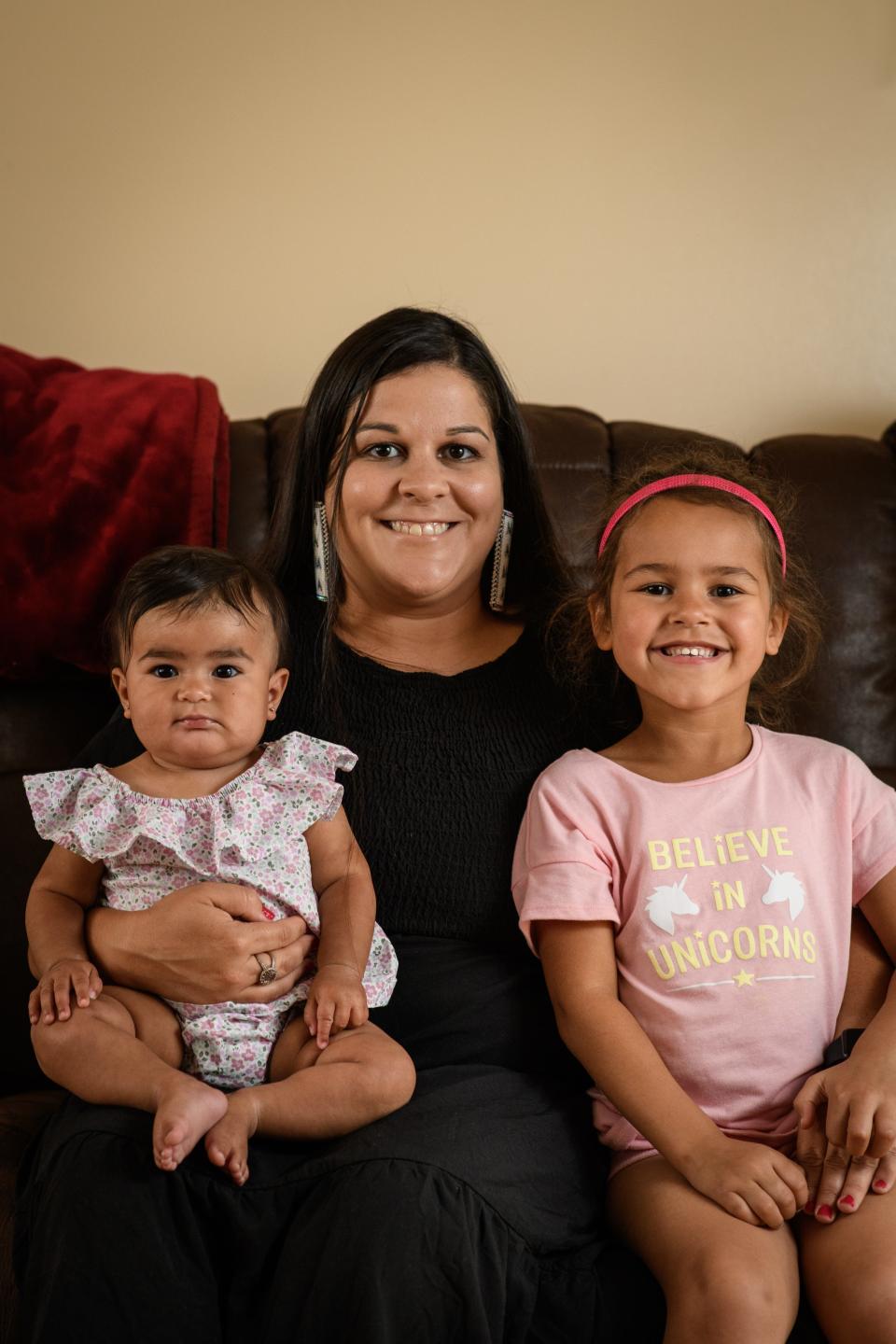
Adoption: Birth parents are parents
Supreme Court Justice Amy Coney Barrett made an impact when she brought up “safe haven” laws in December’s oral argument. Abortion advocates have “focused on the consequences of parenting and the obligations of motherhood that flow from pregnancy. Why don't the safe haven laws take care of that problem?” she said. In other words, if you choose adoption, the impact of reproduction can end at birth.
That's not true, adoption professionals and birth mothers told us. In books, in blogs and in interviews, birth mothers spoke of the lifelong love they felt for the children they did not raise, even if they did not regret the choice. “Birth parents adore their children,” Asheville attorney Chris Craig said.
So perhaps it’s not surprising that very, very few pregnant women choose adoption. Adoption is rare, and has been decreasing for three decades.
In 2019, there were only 710 adoptions in North Carolina that were not by stepparents, through the child welfare system or from abroad, according to the National Council for Adoption. And adoptions went down in 2020 due to COVID.
“There are about 20 to 30 waiting couples for every infant that is relinquished to private agencies,” University of California San Francisco professor Gretchen Sisson said. “No women who have any other choice would choose it, or do choose it.”
Even when a pregnancy is not planned, the majority of women keep the baby. When women don’t want a baby but can’t access an abortion, the second choice is parenting, not adoption, according to the Turnaway Study. “Political promotion of adoption as an alternative to abortion is likely not grounded in the reality of women's decision making," those researchers write.
The decision to place a baby for adoption is almost always based on money, Craig and Sisson said. As all parents know, day care can cost more than college.
“It is almost always the transfer of infants from families that have very few other means … from families with very little power to families with more power,” Sisson said.
Would there be more adoptions when abortion is more restricted? Yes, Sisson said. But “there are so few adoptions that it doesn’t take much to see more.”
As for Craig, if Roe v. Wade is overturned, he said, “I would presume that there’s going to be a whole lot more dead women than adoptive parents.”
![A mother holds the feet of a newborn baby [Via MerlinFTP Drop]](https://s.yimg.com/ny/api/res/1.2/_mv6DNw8fyE2r1G0pggzgw--/YXBwaWQ9aGlnaGxhbmRlcjt3PTk2MA--/https://media.zenfs.com/en/the-fayetteville-observer/64ba219f74dba40191acd551746d3eea)
Danielle Dreilinger is a Carolinas storytelling reporter. Her book The Secret History of Home Economics, an NPR Favorite History Book of 2021, is now out in paperback. Contact her at 919/236-3141 or ddreilinger@gannett.com.
This article originally appeared on The Fayetteville Observer: Our bodies, our choices: Stories of pregnancy, abortion and adoption

